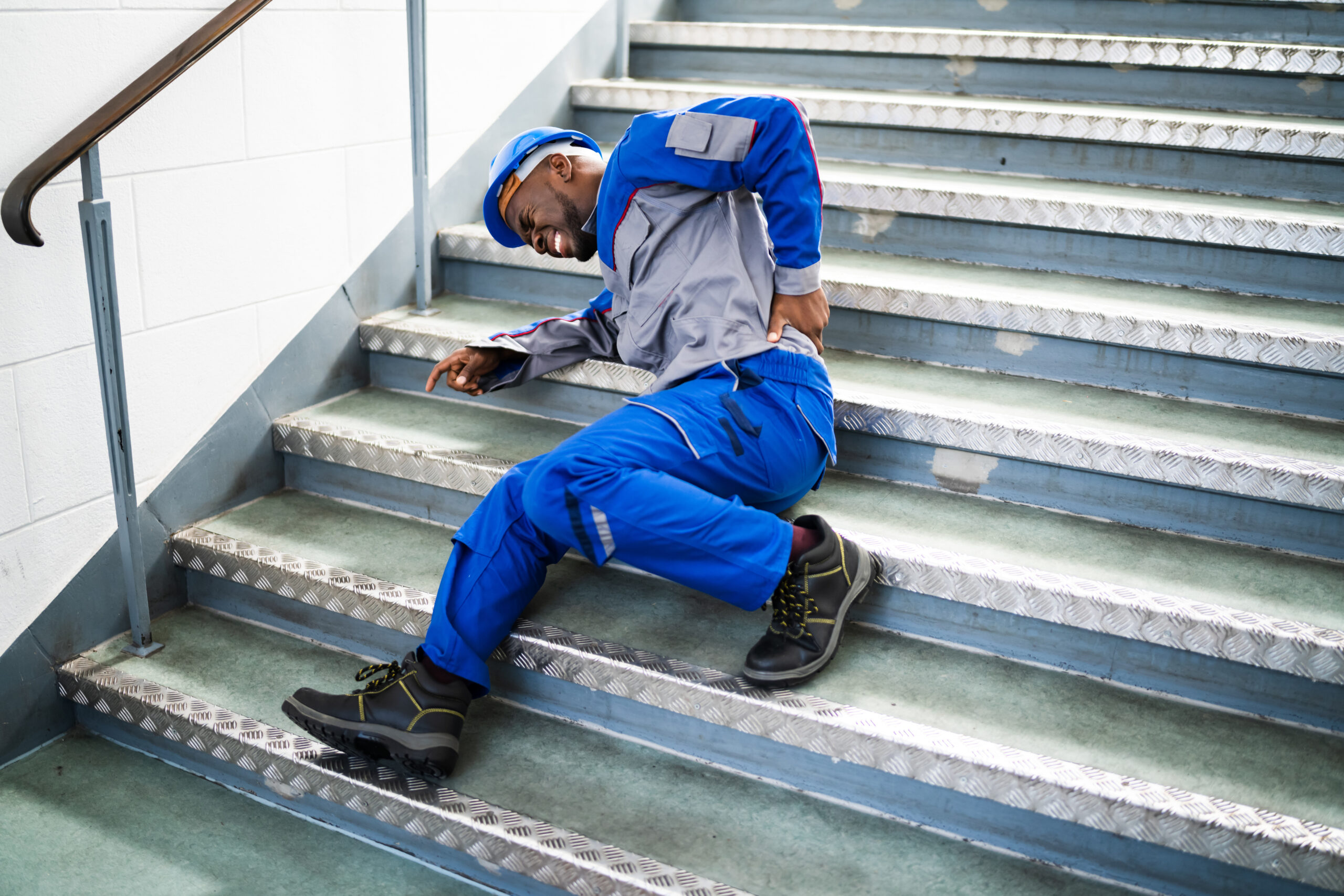Slip and Fall Injuries: Common Types and Long-Term Effects on Victims in Alabama

Slip and fall accidents are among the most common causes of injuries in Alabama, often resulting in significant harm and long-term consequences for victims. Understanding the various types of slip and fall injuries and their lasting effects can help individuals recognize the importance of seeking proper medical attention and legal assistance in the event of such accidents. Let’s explore the common types of slip and fall injuries and their potential long-term impact on victims in Alabama.
Fractures and Broken Bones
Fractures and broken bones are prevalent injuries resulting from slip and fall accidents. Victims may sustain fractures to their arms, wrists, hips, or legs, depending on the circumstances of the fall. These injuries can be severe and may require surgical intervention, prolonged immobilization, and rehabilitation to regain functionality.
Traumatic Brain Injuries (TBIs)
Slip and fall accidents can also lead to traumatic brain injuries (TBIs), ranging from concussions to severe brain damage. Even seemingly minor falls can cause jolts or blows to the head, resulting in cognitive impairments, memory loss, mood changes, and long-term neurological deficits that impact daily functioning.
Spinal Cord Injuries
Slip and fall accidents can cause damage to the spinal cord, leading to partial or complete paralysis. Victims may experience loss of sensation, muscle weakness, mobility limitations, and chronic pain as a result of spinal cord injuries. The long-term effects of such injuries can significantly impact a person’s independence and quality of life.
Soft Tissue Injuries
Soft tissue injuries, such as sprains, strains, and ligament tears, are common in slip and fall accidents. These injuries can cause significant pain, swelling, and mobility issues, requiring extensive rehabilitation and physical therapy to regain strength and flexibility.
Internal Injuries
In some cases, slip and fall accidents can result in internal injuries, such as organ damage or internal bleeding. These injuries may not be immediately apparent and can worsen over time if left untreated. Internal injuries can have serious consequences for victims, leading to complications and long-term health issues.
Psychological Trauma
Slip and fall accidents can also have lasting psychological effects on victims, including anxiety, depression, post-traumatic stress disorder (PTSD), and phobias related to falling or navigating hazardous environments. Psychological trauma can impact a person’s mental health, relationships, and overall well-being.
Financial and Emotional Impact
The aftermath of slip and fall injuries extends beyond physical harm, often resulting in financial strain, emotional distress, and lifestyle changes for victims and their families. Medical expenses, lost wages, and ongoing treatment can create financial burdens, while the emotional toll of coping with injuries and limitations can be significant.
Conclusion
Understanding the common types of slip and fall injuries and their long-term effects is essential for individuals in Alabama to recognize the seriousness of these accidents and take appropriate precautions to prevent them. In the event of a slip and fall accident, seeking prompt medical attention and legal guidance can help victims access the necessary support and resources to recover physically, emotionally, and financially from their injuries.